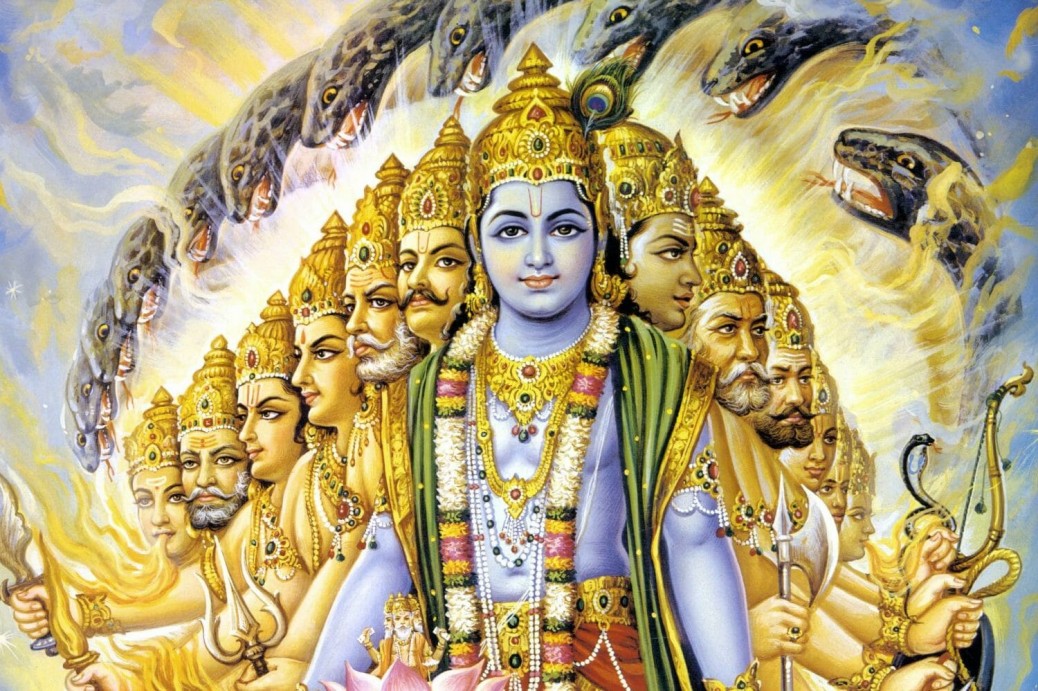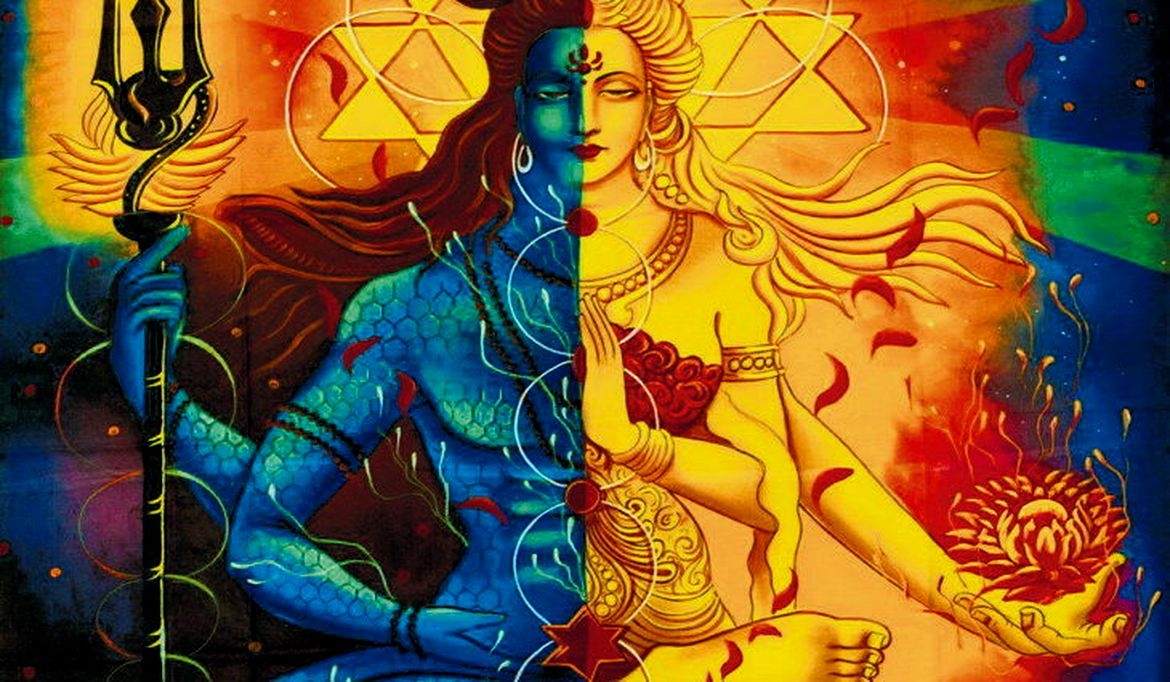Middle – In Gita Verse 4.26 Some [the unadulterated brahmacārīs] sacrifice the hearing process and the senses in the fire of mental control, and others [the regulated householders] sacrifice the objects of the senses in the fire of the senses.
In the Bhagavad Gita Verse 4.26, Krishna speaks of two distinct paths of devotion: one of self-restraint and the other of detached engagement. These paths are not merely philosophical abstractions but practical approaches to mastering the senses and achieving spiritual liberation. The first group, the unadulterated brahmacārīs, embodies the path of self-restraint. They consciously avoid allowing their senses to engage with external objects, effectively severing the bridge between sensory perception and attachment. This discipline requires a heightened awareness of the subtle ways in which senses operate, often beyond our conscious recognition.
Consider how the senses naturally gravitate towards objects of attraction. As you walk past a stunning building or a captivating face, your senses have already reached out, concluding their beauty even before you consciously acknowledge it. This automatic response is not driven by the inherent beauty of the object but by an internal attraction. The perception of beauty is subjective, determined by the individual’s attraction rather than any objective standard. Thus, self-restraint involves recognising this subtle interplay and consciously choosing to use the senses as tools for perception rather than instruments of indulgence.
The second path, followed by regulated householders, involves engaging with the senses without attachment. These practitioners allow their senses to interact with objects but maintain a detachment that prevents the formation of desires or aversions. This path is more challenging as it requires one to remain a witness to sensory experiences without becoming ensnared by them. It involves a delicate balance, where one enjoys the sensory world while remaining inwardly unattached, observing rather than participating.
Krishna’s teachings suggest that both paths ultimately lead to the same spiritual realisation. Whether one chooses to restrain the senses or engage them with detachment, the key is to break the bridge of attachment, allowing the senses to function without bondage. This duality is present in everyday experiences, such as the act of seeing. When you look at something without attachment, no memory or desire is formed; the object is merely observed. However, when attachment is present, a trace is left, leading to desire and bondage.
The challenge lies in recognising the distinction between using the senses and indulging in them. The former is a conscious act of perception, while the latter is an unconscious surrender to sensory pleasure. Self-restraint is not about suppression but about awareness and conscious choice. It’s about using the senses for their intended purpose without allowing them to dictate actions or desires. This understanding transforms the act of seeing, hearing, or touching into a spiritual practice, where the senses become instruments of liberation rather than bondage.
Krishna teaches that both suppressing and indulging in desires prevent the relinquishment of ego. This concept is illustrated by the story of Prince Shorna, who, despite living a life of opulence and excess, ultimately sought spiritual enlightenment under Buddha’s guidance. Initially, Shorna’s indulgence in worldly pleasures seemed insurmountable, but Buddha foresaw his transformation. Shorna’s journey from indulgence to asceticism epitomises the pendulum swing between extremes, ultimately highlighting the struggle to find balance.
Buddha’s wisdom is further captured in his analogy of the veena, a musical instrument, to life. He explains to Shorna that just as a veena’s strings must be neither too loose nor too tight to produce harmonious music, so must one’s life be balanced. Buddha’s teachings remind us that true harmony and ego transcendence are found not in extremes but in the middle path.
This middle path is the essence of Krishna’s message to Arjuna. Extreme restraint or indulgence both lead to the same outcome: the inability to transcend the ego. True liberation lies in finding balance, where the senses are neither suppressed nor indulged but used as tools for spiritual growth. This balance is the hallmark of a wise person, who navigates the sensory world with awareness and detachment, achieving the ultimate state of self-realisation.
Krishna’s teachings in the Bhagavad Gita offer profound insights into the nature of the senses and the paths to spiritual liberation. Whether through self-restraint or detached engagement, the goal is to transcend the ego and realise one’s true self. By understanding the subtle dynamics of the senses and choosing a path of awareness, individuals can achieve the harmony and liberation that Krishna envisions.
Tags: Middle




